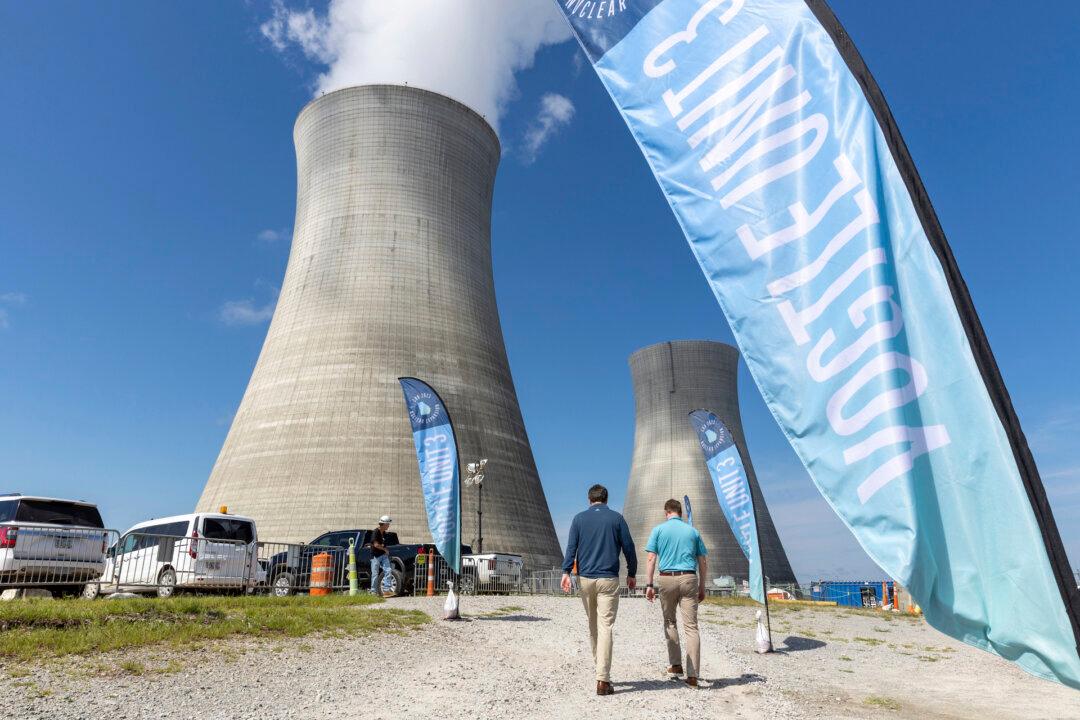Australia cannot achieve net-zero without nuclear in the energy mix, shadow minister for climate change and energy Ted O’Brien said.
Speaking at the Conservative Political Action Conference (CPAC) in Sydney, Mr. O’Brien said in Australia’s energy transition, every option needed to be on the table, including nuclear power.





